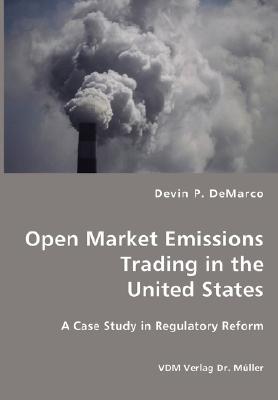Environmental regulators are routinely challenged to devise innovative methods for reducing air pollution that limit the negative economic impacts to commerce and industry. Recent experiments with Open Market Emissions Trading in the United States have sought to resolve this regulatory predicament and capture market-based opportunities that elude traditional credit trading systems like cap and trade. This work seeks to clarify whether the termination of one open trading program in the country is the result of any critical flaws in this trading theory or a failure to transition the concept of open trading properly from creation to application. This book is addressed to students of public and environmental policy, environmental regulators, industry representatives, and environmental advocates, and can be used as a case study in an academic setting to invoke discussion on the trials and tribulations of ushering in environmental regulation.
| FindBook |
有 1 項符合
Open Market Emissions Trading in United States的圖書 |
 |
Open Market Emissions Trading in United States 作者:Demarco 出版社:VDM Verlag Dr. Mueller E.K. 出版日期:2008-01-31 語言:英文 規格:平裝 / 76頁 / 23.9 x 17 x 0.5 cm / 普通級 |
| 圖書館借閱 |
| 國家圖書館 | 全國圖書書目資訊網 | 國立公共資訊圖書館 | 電子書服務平台 | MetaCat 跨館整合查詢 |
| 臺北市立圖書館 | 新北市立圖書館 | 基隆市公共圖書館 | 桃園市立圖書館 | 新竹縣公共圖書館 |
| 苗栗縣立圖書館 | 臺中市立圖書館 | 彰化縣公共圖書館 | 南投縣文化局 | 雲林縣公共圖書館 |
| 嘉義縣圖書館 | 臺南市立圖書館 | 高雄市立圖書館 | 屏東縣公共圖書館 | 宜蘭縣公共圖書館 |
| 花蓮縣文化局 | 臺東縣文化處 |
|
|
圖書介紹 - 資料來源:博客來 評分:
圖書名稱:Open Market Emissions Trading in United States
|











